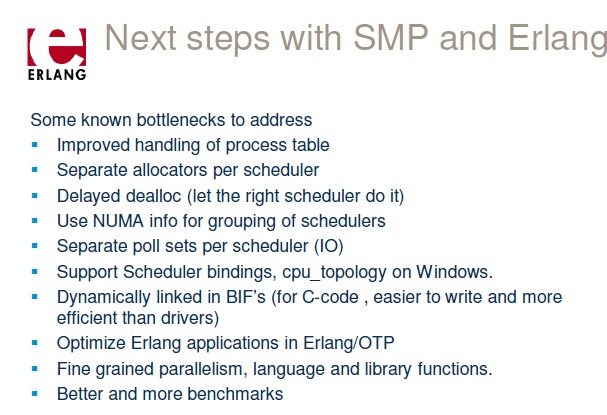flashcache是facebook释放出来的开源的混合存储方案,用ssd来做cache提升IO设备的性能.很多硬件厂商也有类似的方案,比如说LSI raid卡. 但是这个方案是免费的软件方案,而且经过产品的考验,具体参见:
主页:https://github.com/facebook/flashcache
开源混合存储方案(Flashcache): http://blog.yufeng.info/archives/1165
Flashcache新版重大变化: http://blog.yufeng.info/archives/1429
但是flashcache在使用中很多人会有个误区,导致性能很低。首先我们看下flashcache的设计背景和适用场景:
Introduction :
============
Flashcache is a write back block cache Linux kernel module. This
document describes the design, futures ideas, configuration, tuning of
the flashcache and concludes with a note covering the testability
hooks within flashcache and the testing that we did. Flashcache was
built primarily as a block cache for InnoDB but is general purpose and
can be used by other applications as well.
它是为数据库这样的应用的离散读写优化。如果你用在了顺序读写,就有非常大的性能问题。
那么为什么呢?我来分析下:
flashcache把内部的cache空间分成很多set, 是以set而不是整体为单位提供cache以及flush后备操作. 也就是说当一个set里面的dirty page达到一个预设的值的时候,就需要把这么dirty page 淘汰并且flush到后备设备去,以便腾出空间给更热的数据使用。
那么每个set多大呢?
To compute the target set for a given dbn
target set = (dbn / block size / set size) mod (number of sets)
Once we have the target set, linear probe within the set finds the
block. Note that a sequential range of disk blocks will all map onto a
given set.
set默认是 512*4k = 2M大小,也就是说如果你的这个set刚好是一个文件所在的块,而且每次这个文件都不停的顺序写,很快这个set都变成dirty, 那么flashcache就选择马上刷,这样加速效果就没有了。
幸好作者Mohan认识到了这个问题,提供了解决方案:
见https://github.com/facebook/flashcache/blob/master/doc/flashcache-sa-guide.txt 中的章节Tuning Sequential IO Skipping for better flashcache performance
引入了配置参数来解决这个问题:
dev.flashcache..skip_seq_thresh_kb:
Skip (don’t cache) sequential IO larger than this number (in kb).
0 (default) means cache all IO, both sequential and random.
Sequential IO can only be determined ‘after the fact’, so
this much of each sequential I/O will be cached before we skip
the rest. Does not affect searching for IO in an existing cache.
这样你可以把太大的顺序操作给过滤掉了,大大提升性能。
祝玩得开心!

Recent Comments